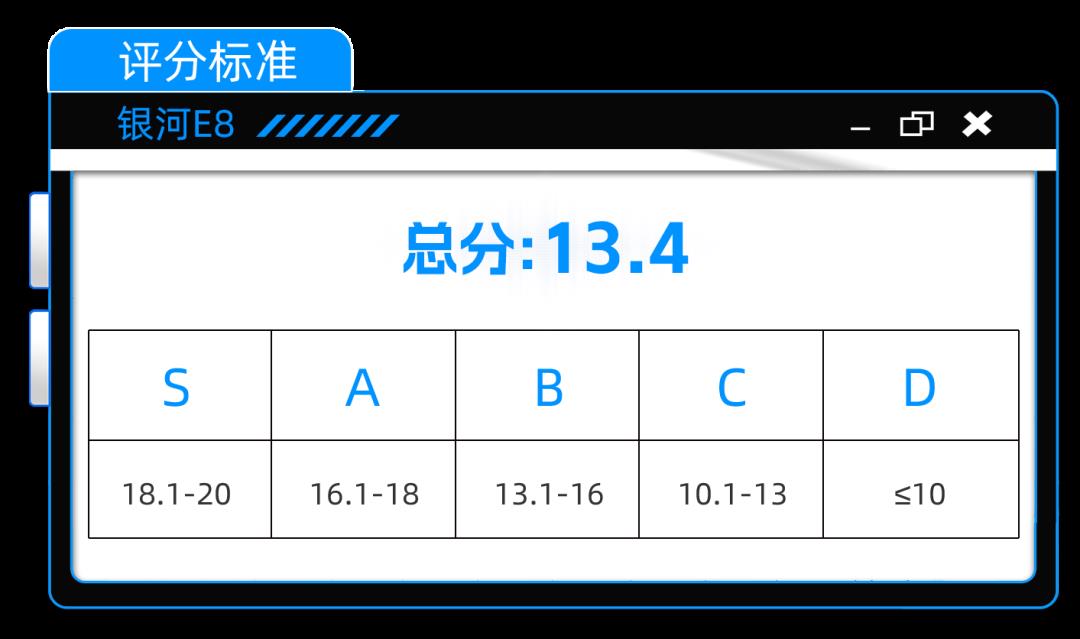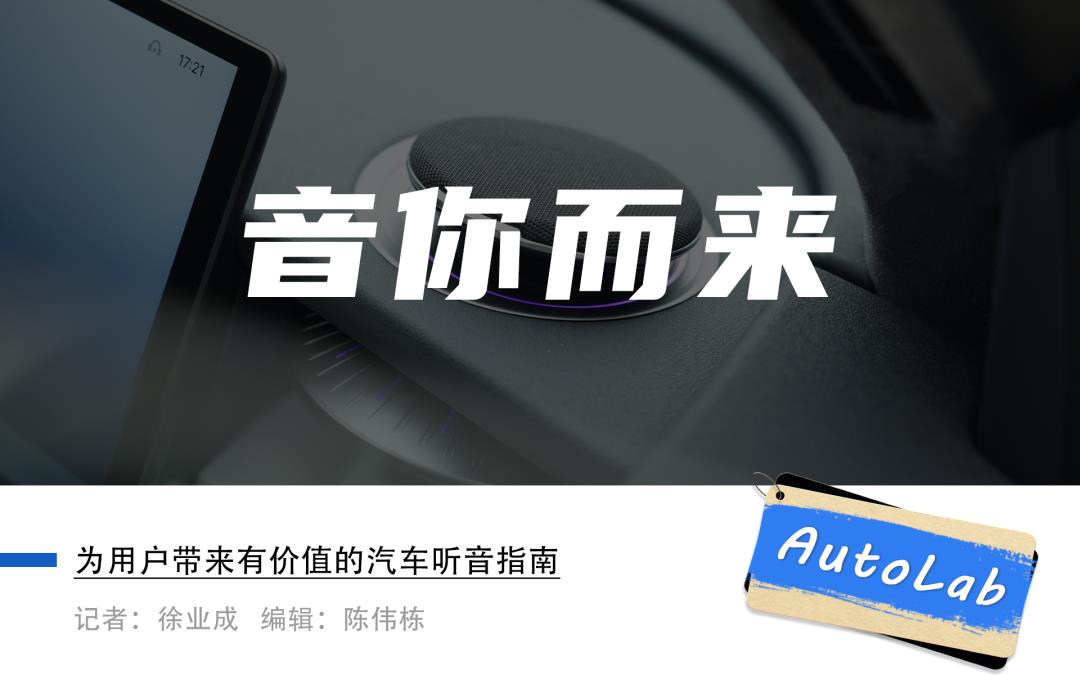
45-Inch large screen, 8k resolution, Qualcomm 8295 chip… The smart cockpit of the Galaxy E8 really made many people’s eyes shine. So in terms of audio and video experience, will the Galaxy E8 bring us more surprises?
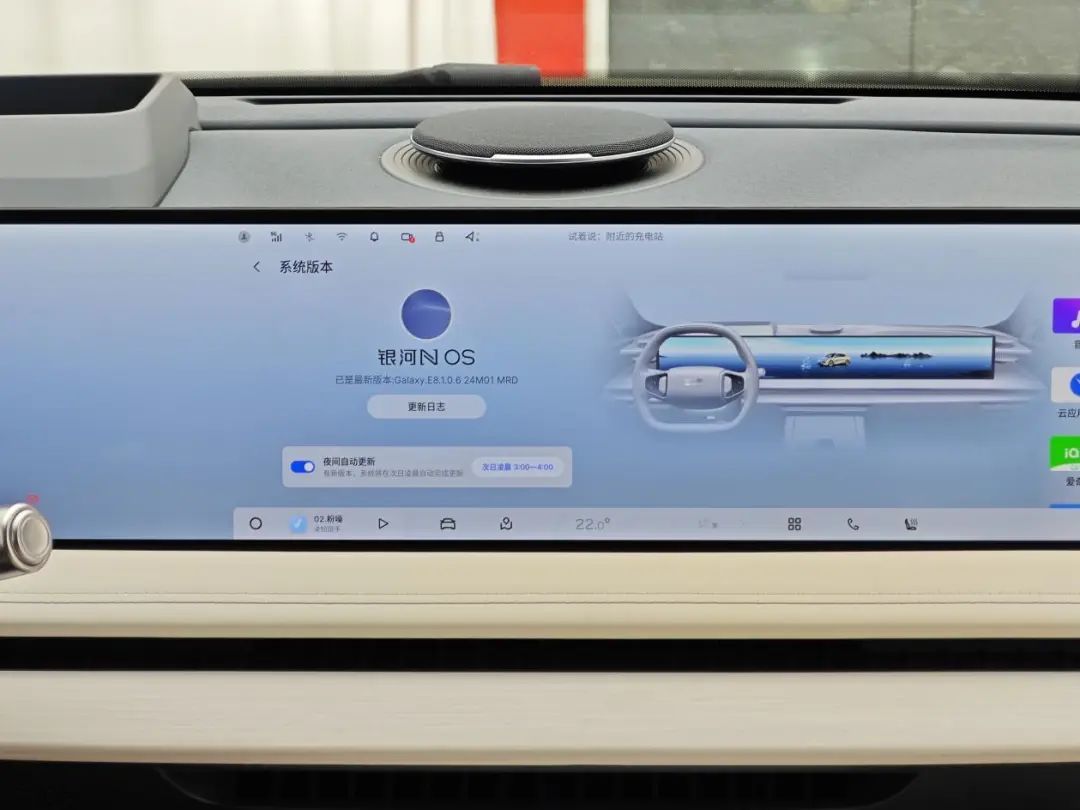
This time, the model we tested is the Galaxy E8 665km starship, the long-range version, and the car version is the Galaxy N OS 1.0.6.
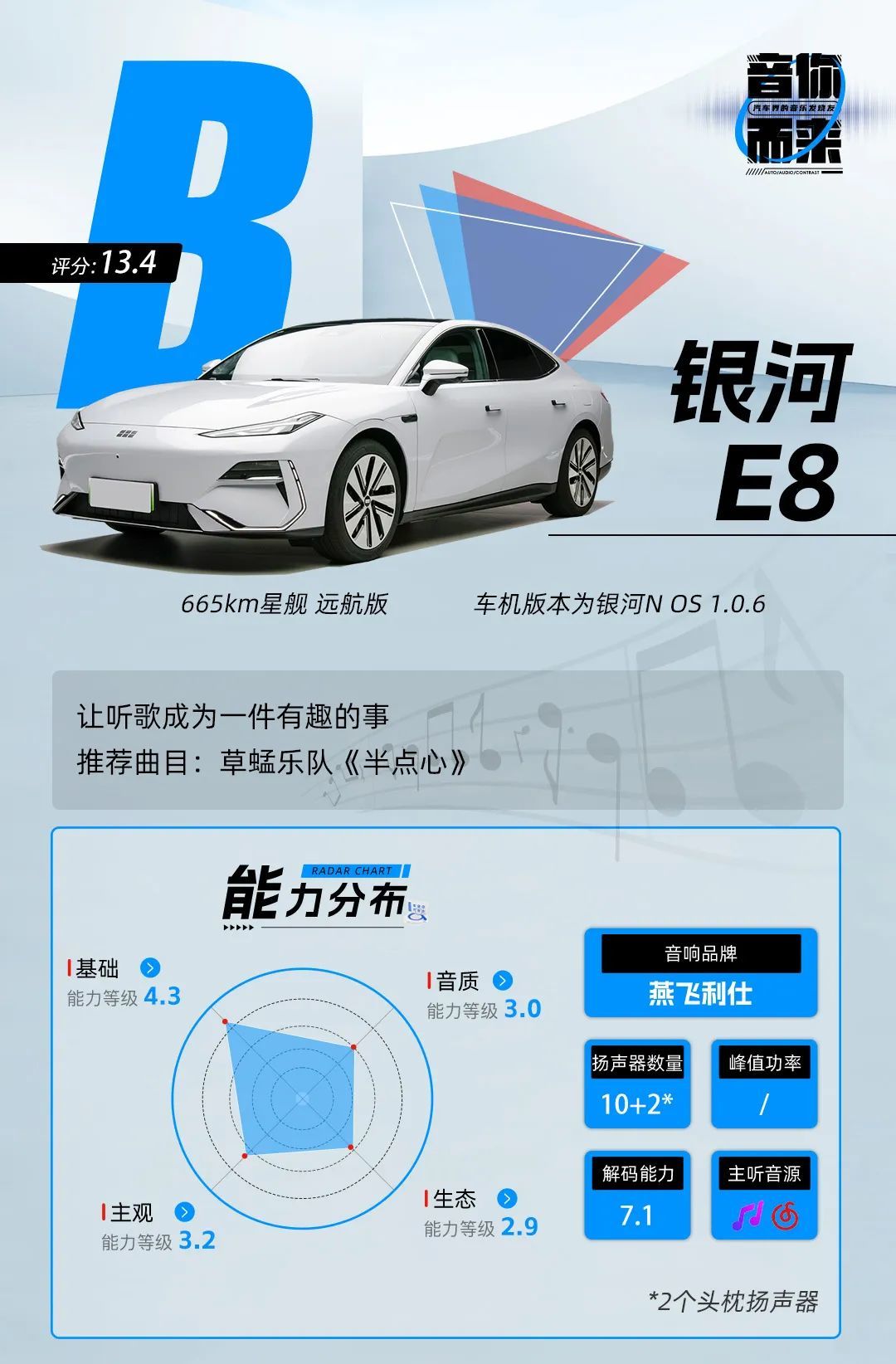
From the brand and quantity of speakers, the Galaxy E8 is equipped with a 12-speaker sound system provided by Yanfei Lishi except for the entry-level model. Unfortunately, the official did not announce the specific power of this sound system.
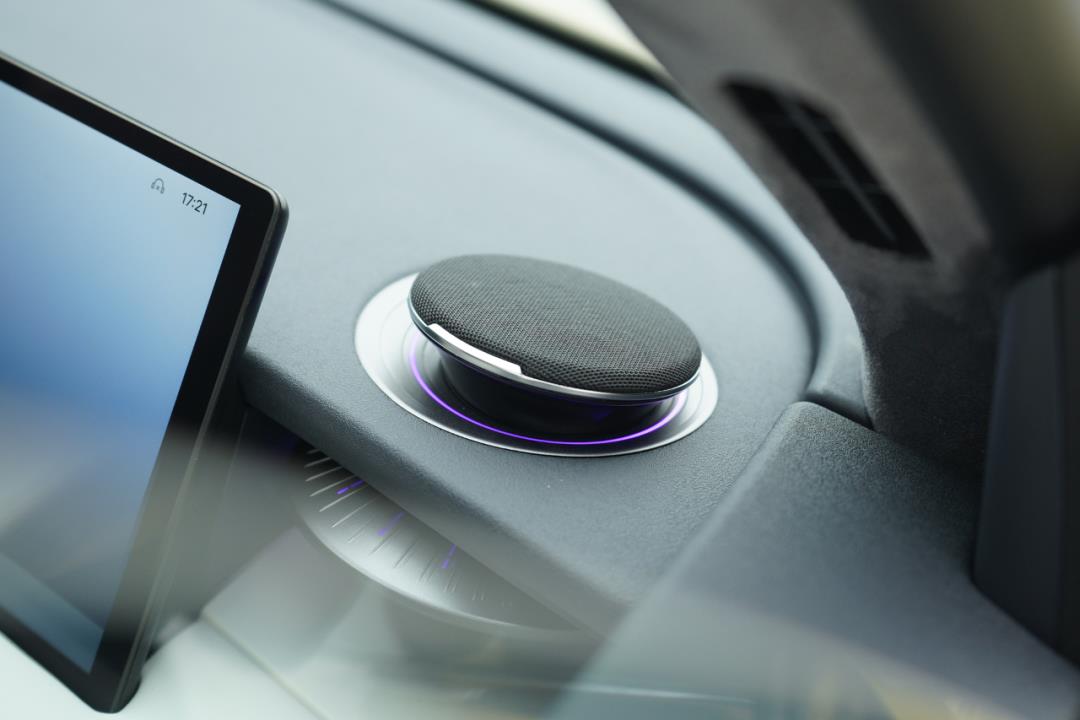
In fact, at the moment of opening the door, in addition to the 45-inch large screen that is very eye-catching, the speakers located on both sides of the dashboard and shaped like UFOs are also very eye-catching. Such a chic shape is still quite rare in the same price model.
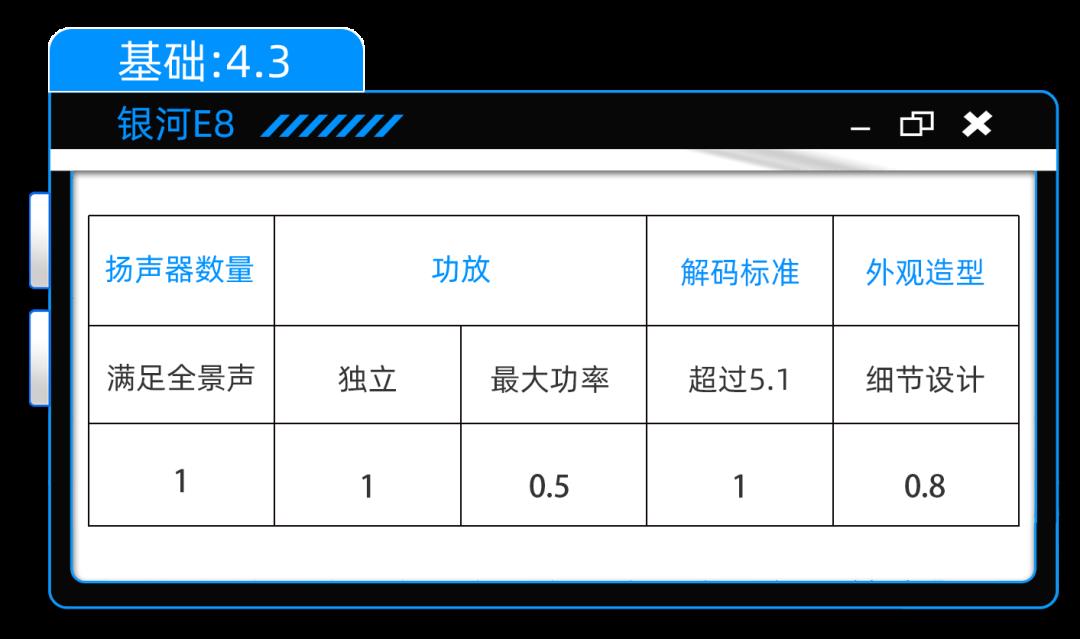
In terms of the placement of the speakers, the overall performance of the Galaxy E8 is rather conventional.
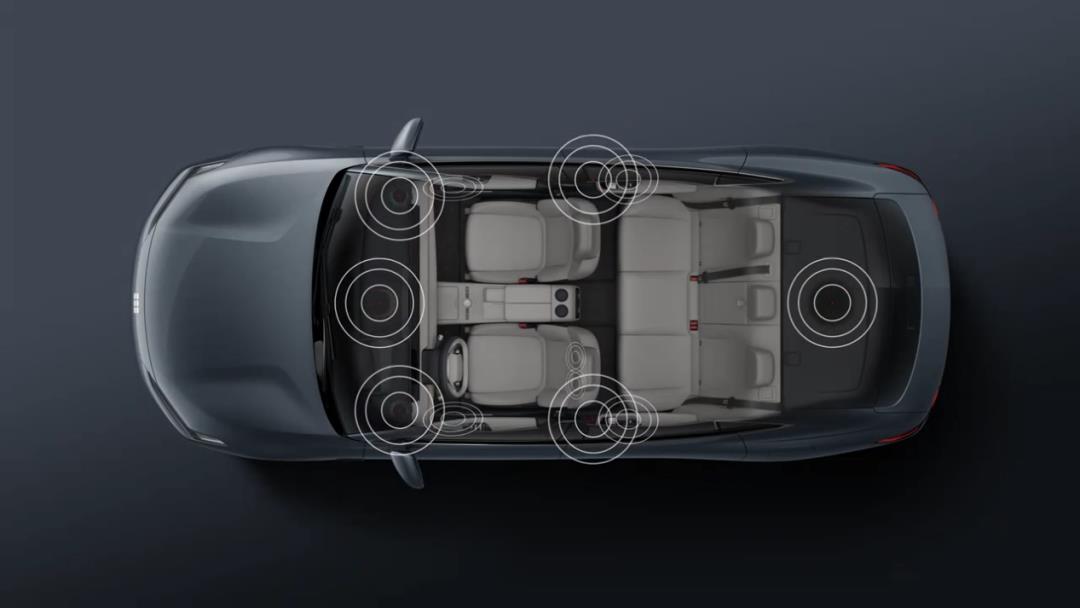
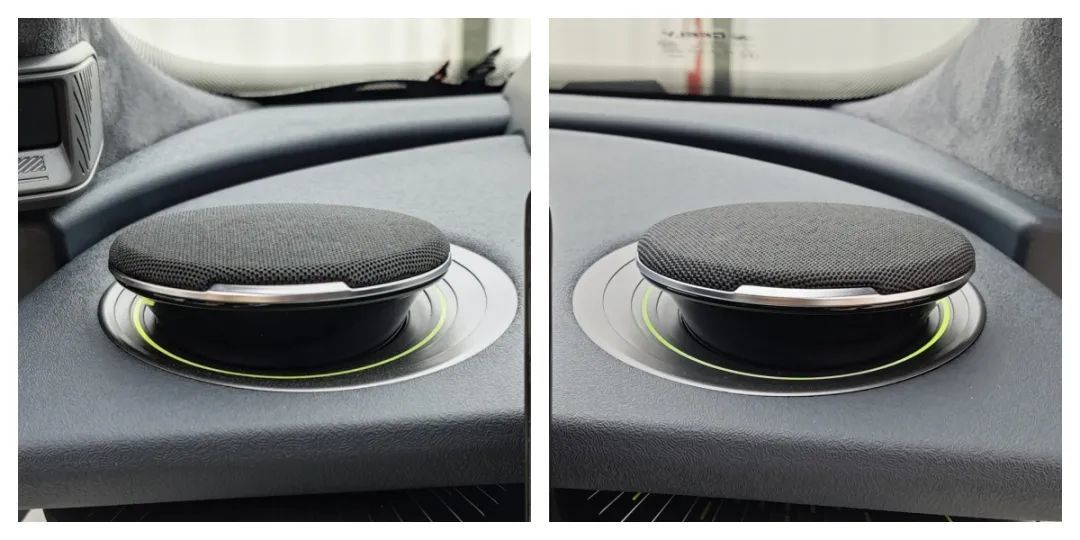
Tweeter: both sides of the dashboard
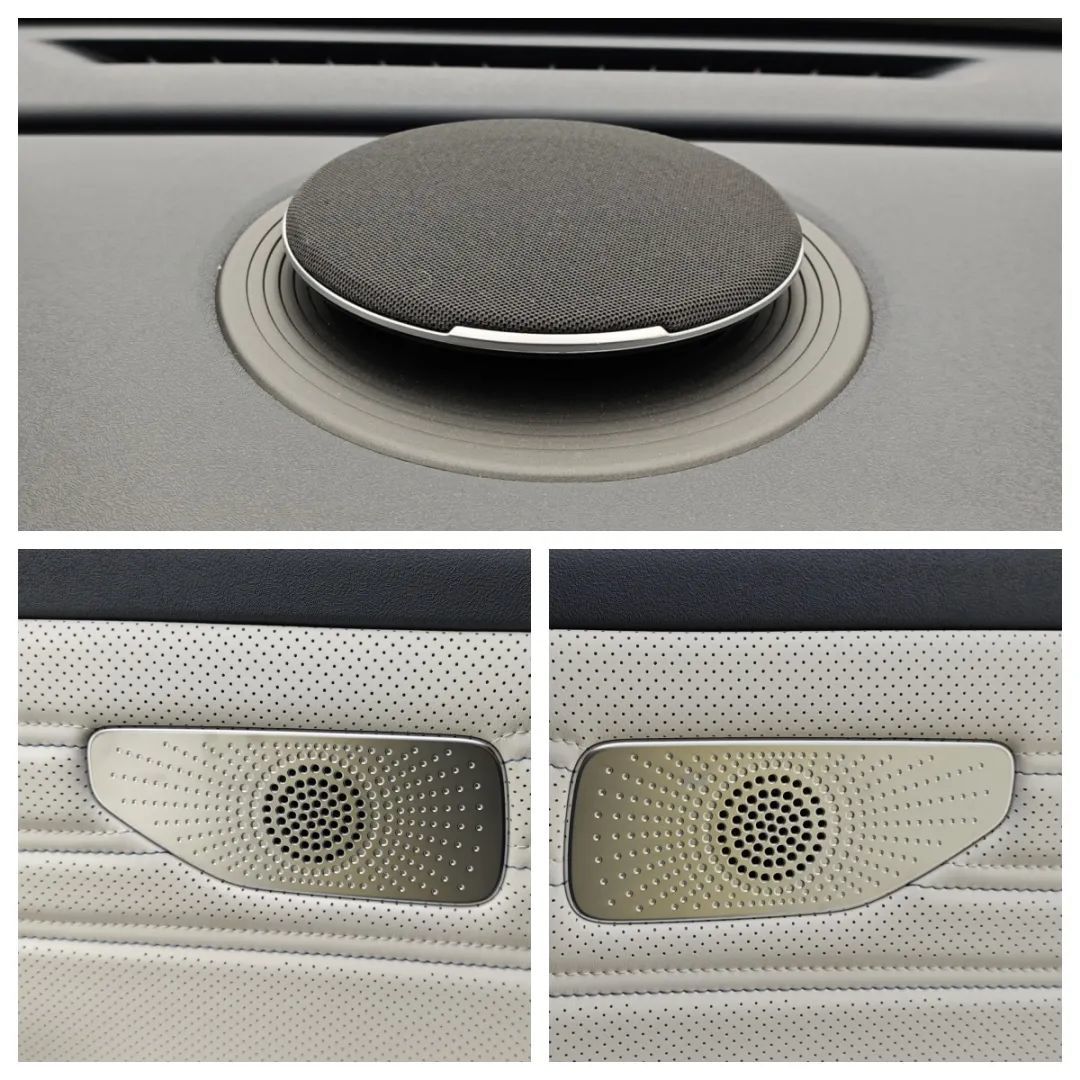
Midrange speaker: one in the middle of the meter and one on the upper part of the back door on both sides
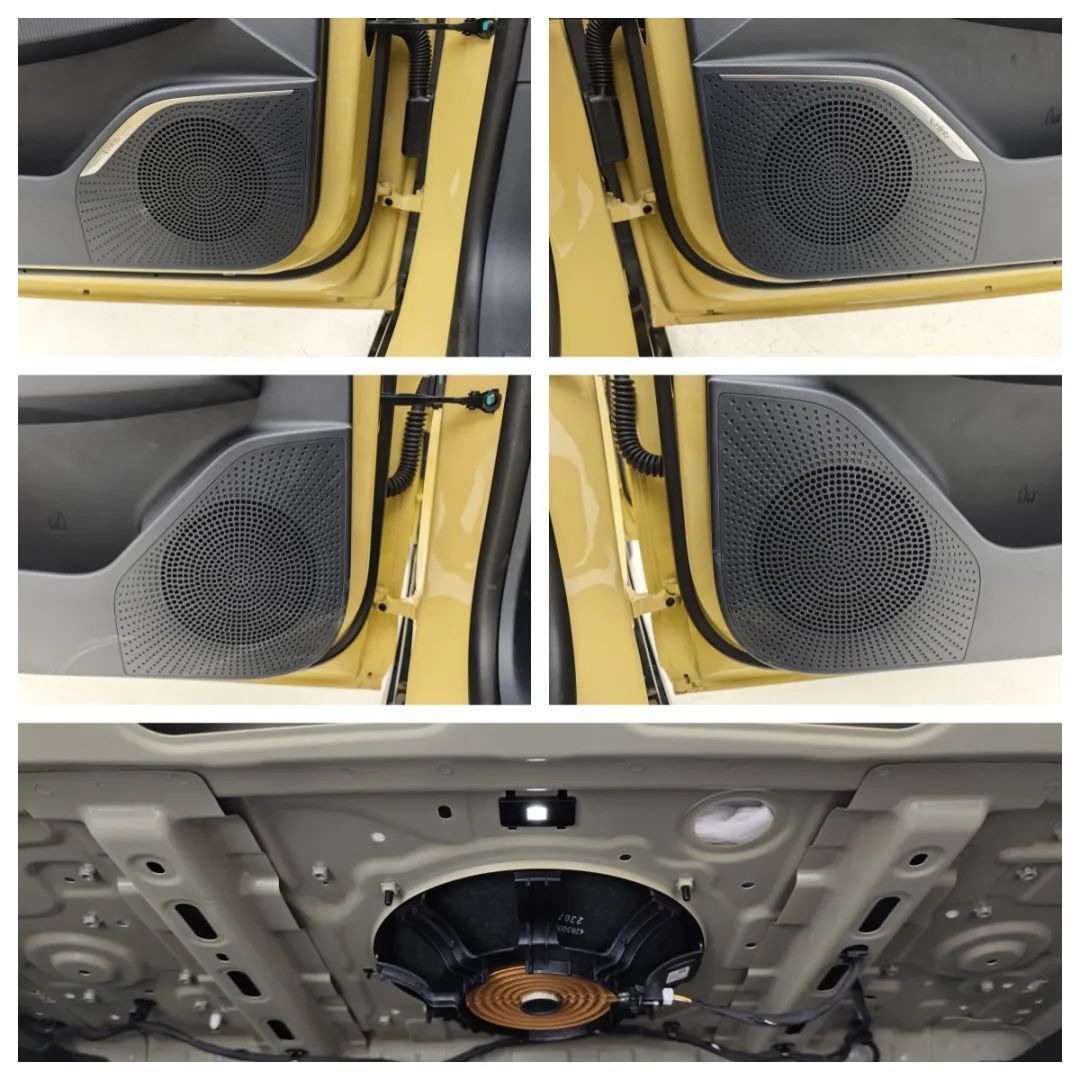
Woofer: one at the bottom of each of the four doors, 1 in the trunk
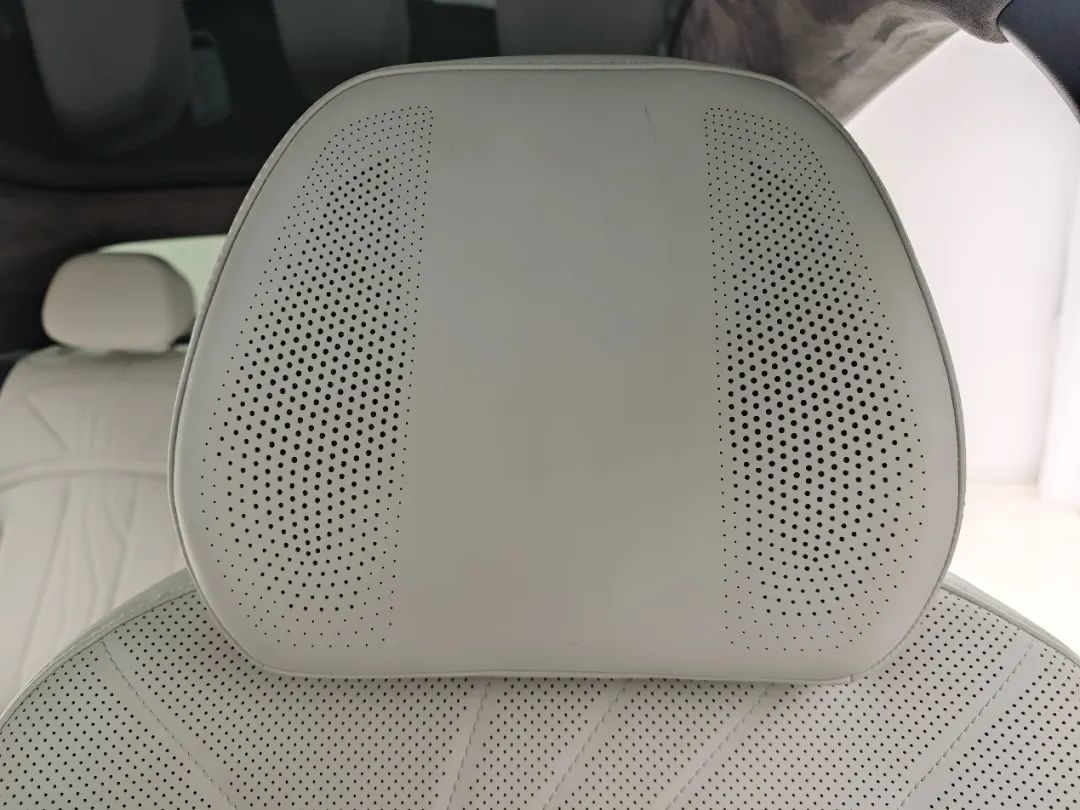
What’s more surprising is that although the Galaxy E8 has only 12 speakers, the main driver’s headrest alone takes up two speakers.
In the decoding test, we first use the top three test files, including an Easter egg file with a hidden encoding format, a 7.1.4 file that exceeds the decoding specification, and a master tape with a high sampling rate.
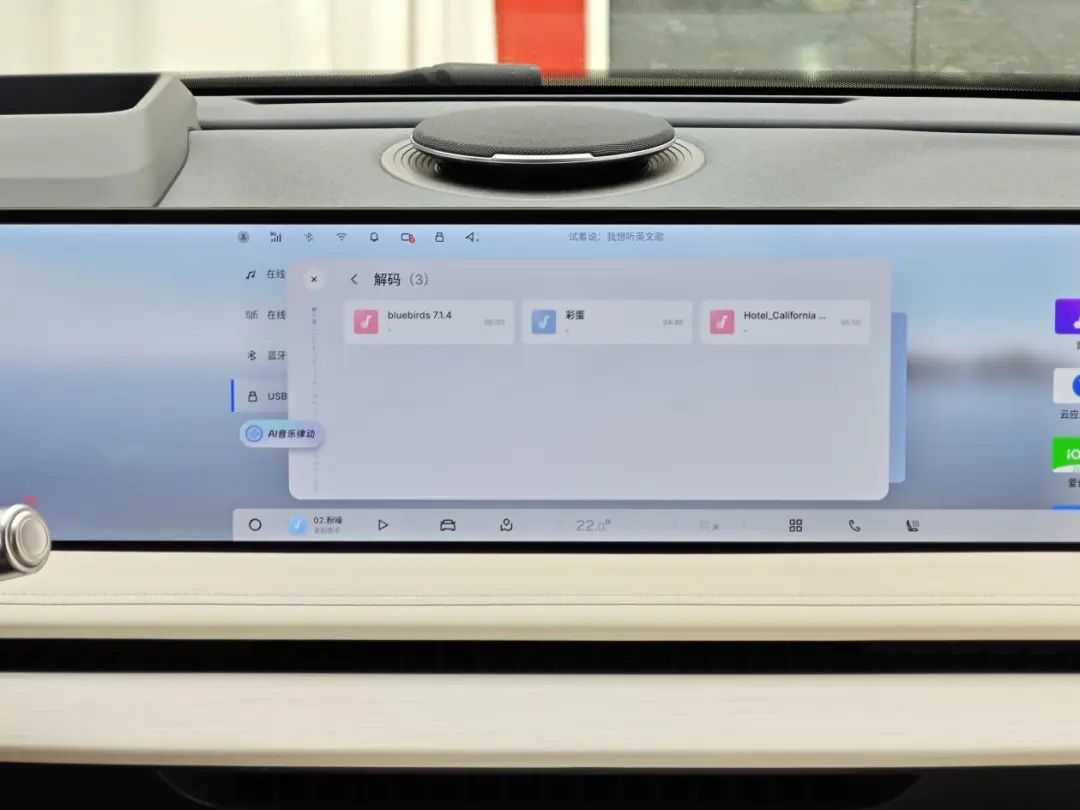
Measured down, although the Galaxy E8 player can recognize these three files, but can not play. Since this is just a stress testing, does not have broad significance, it does not count results.
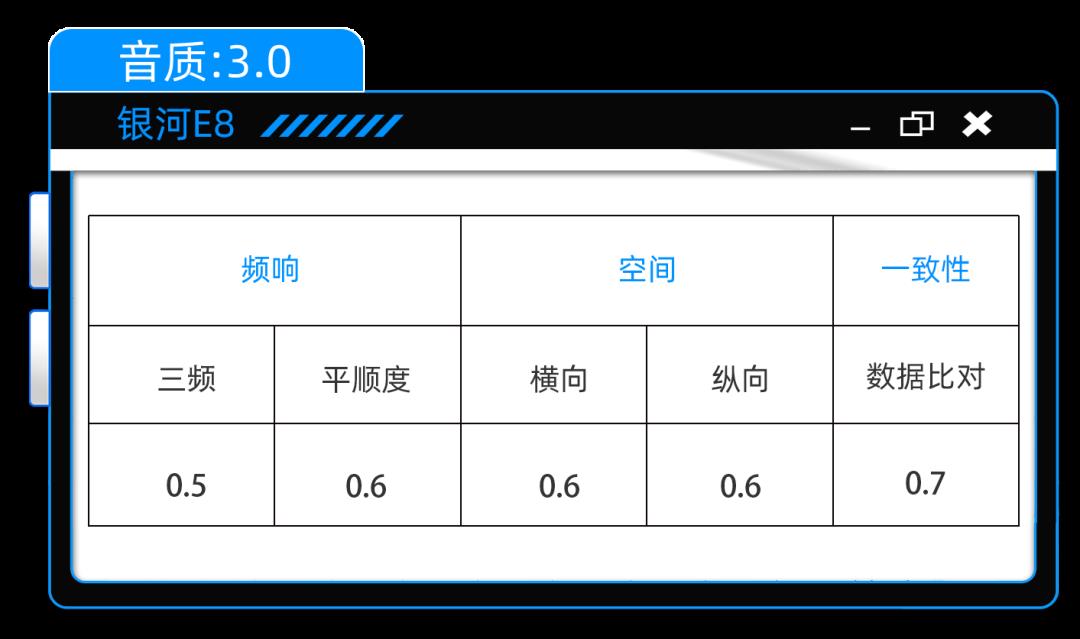
During the test, we repeatedly sampled the main driver’s seat of the vehicle and the "boss seat" on the right side of the second row.
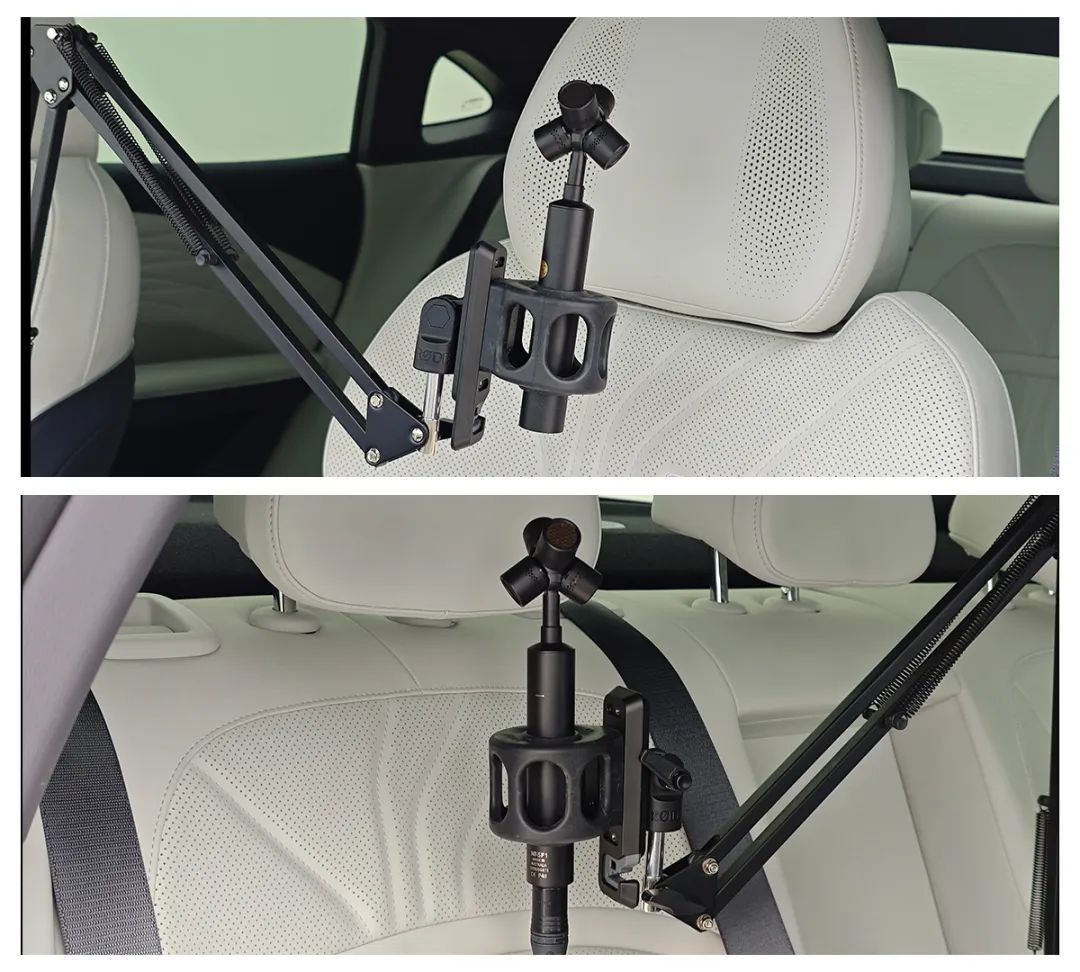
The ambient sound at the test site is 41.3db. Insert the test music USB stick, play the powder noise source and sample it directly in front of the steering wheel. Adjust the multimedia volume to increase the sampling volume to 70db, which is the test volume. (* This volume is the sampled volume of the speaker, which can better exert the performance of the speaker, but do not use it while driving, it may affect hearing and affect driving safety in the long run)
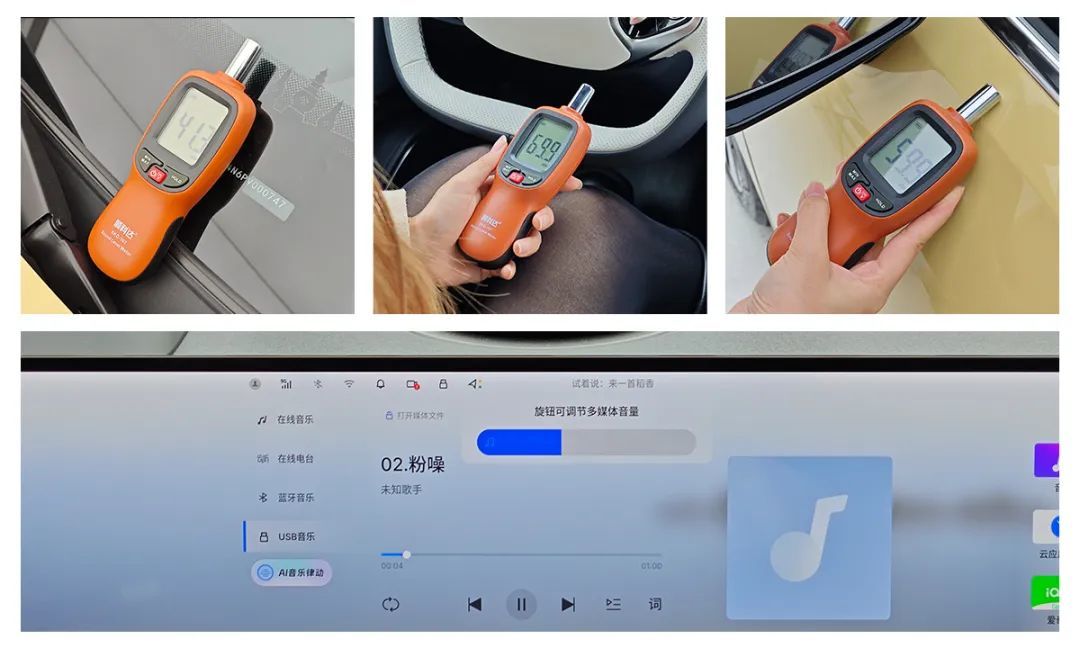
At the same time, we also recorded the ambient sound at the test volume in the exterior rearview mirror as 59.9bd. (currently not used as test data)
Let’s take a look at the frequency response curve of the main driver position:
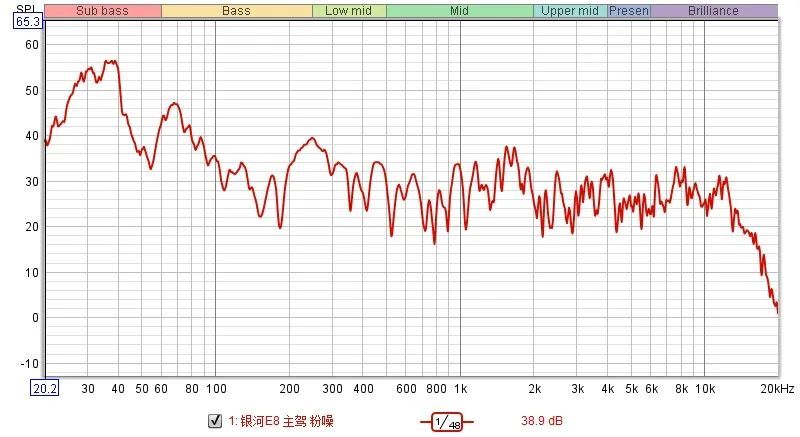
The performance of the frequency response curve is proportional to the number of speakers with different functions. It can be seen that both the low-frequency and high-frequency parts are insufficient, relatively sparse, and the overall control is average. From the perspective of the bass spectrum, the actual power of the power amplifier is estimated to be around 500w. The control of the midrange part is relatively stable, and the fluctuation is also among the mainstream water products.
Let’s take a look at the positioning performance of the sound field:
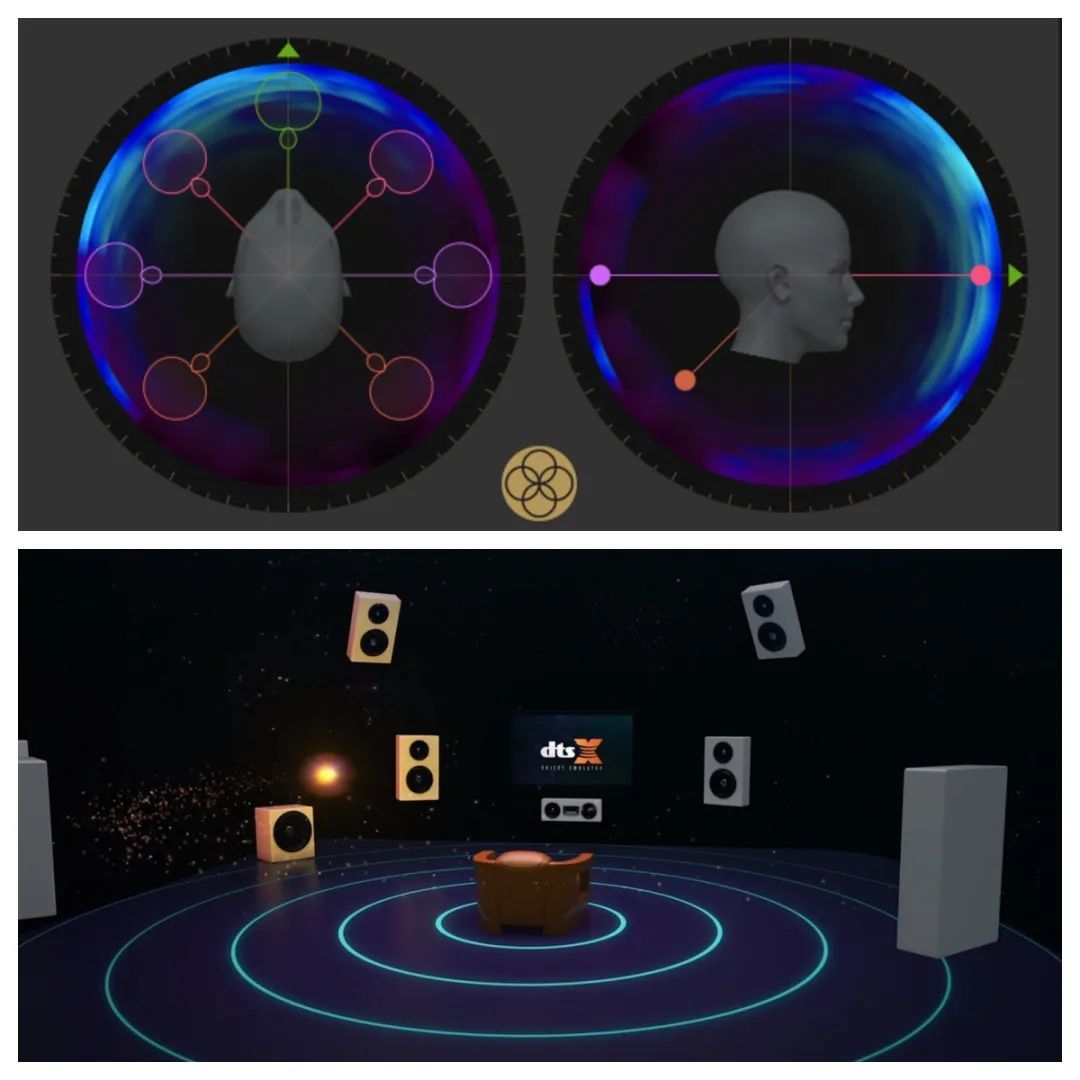
The overall positioning of the Galaxy E8 is still good, although there is no sky channel, but the three speakers located in the center console are not only relatively high, but also less susceptible to interference, which can play a significant role in the spatial sound quality performance of the head position.
Finally, let’s take a look at the data sampled by the "boss position" and compare it with the main driver position:
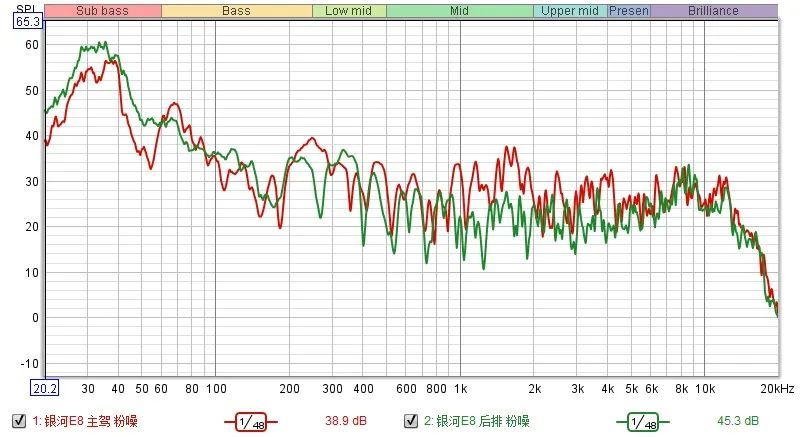
In the bass section, the performance of the Galaxy E8 rear row is slightly better than that of the front row, both in terms of control and sound pressure. The mid-range section will have some phase difference performance, which is also in line with the mainstream water quality. It is rare that even if there is no independent tweeter in the back row, its performance is almost the same as that of the front row, indicating that the directivity and penetration of the front two tweeters are good.

main driver sound field

Boss sound stage
Due to the overall number and layout of speakers, the positioning of the sound field before and after the Galaxy E8 is quite different, which is more in line with the actual positional relationship. The "dessert bit" belongs to the setting of the middle position of the vehicle.
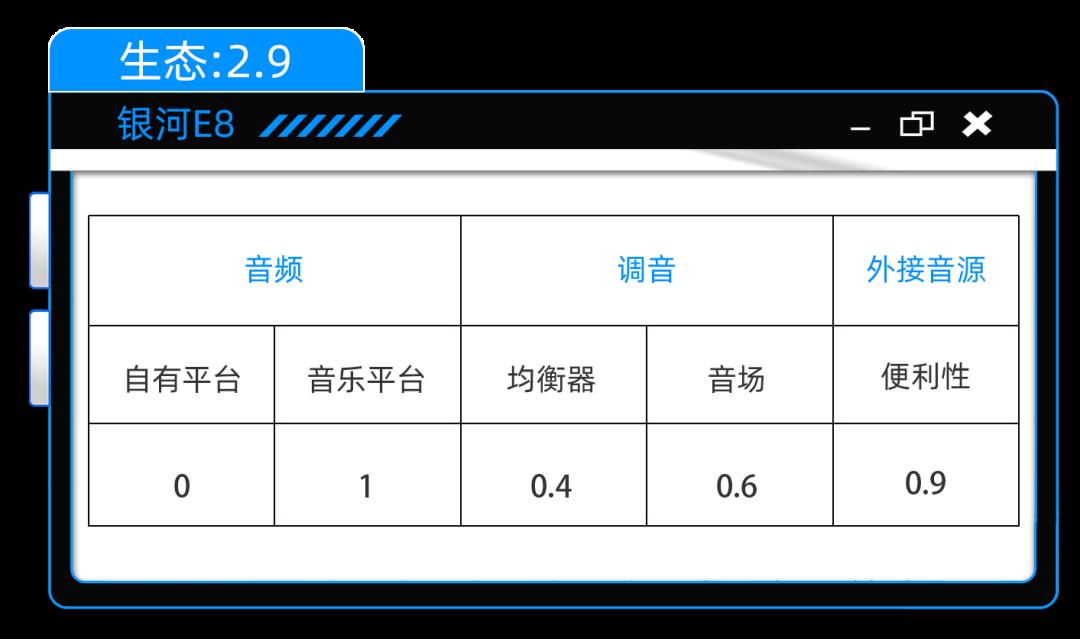
Then let’s take a look at the music ecosystem in the car.
For the Galaxy E8, the comprehensive experience of the new Galaxy OS N is definitely a plus for this car. As for the music ecology, the default listening app of the original car is Tencent Aiqu Listen, which can support up to SQ lossless quality.
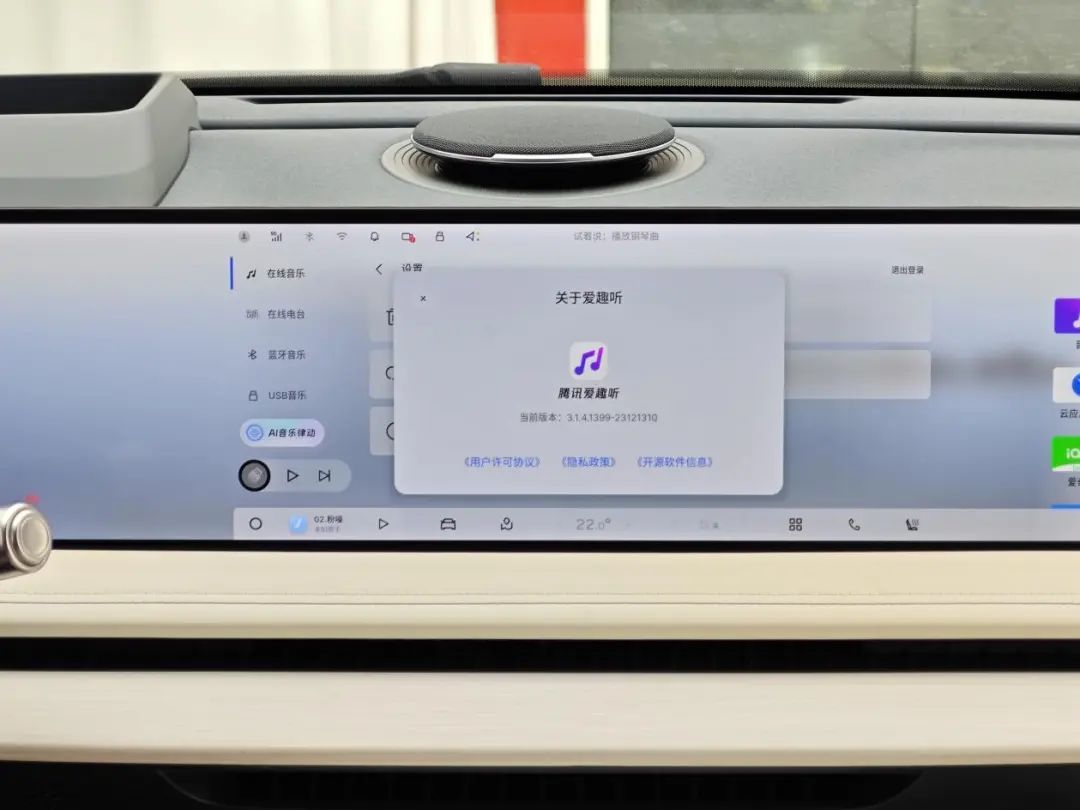
At the same time, apps such as NetEase Cloud Music and Kugou Music are also provided in the Galaxy E8 app store as a supplement, which is believed to meet the needs of most users to listen to music.
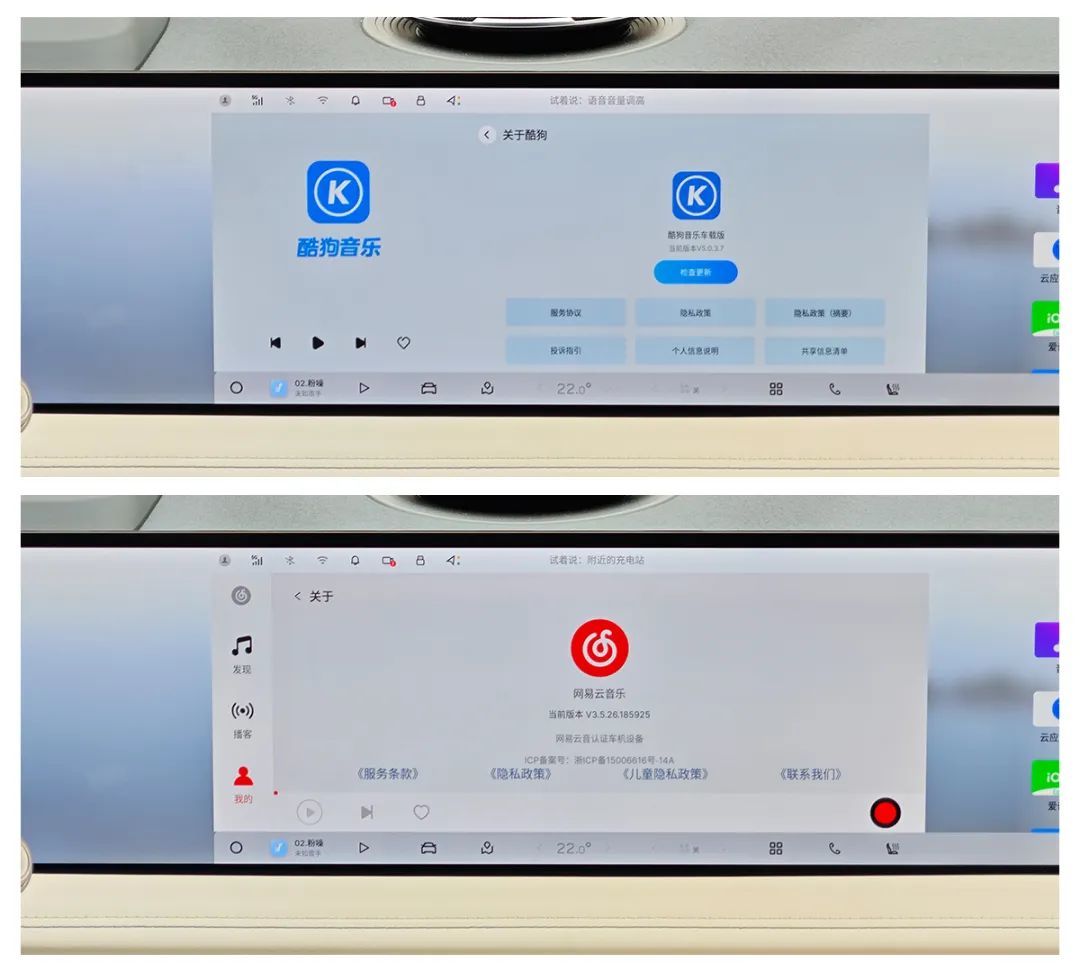
In terms of sound settings, the Galaxy E8 currently offers few options, which may be good news for owners who have difficulty choosing or are not very proficient in tuning.
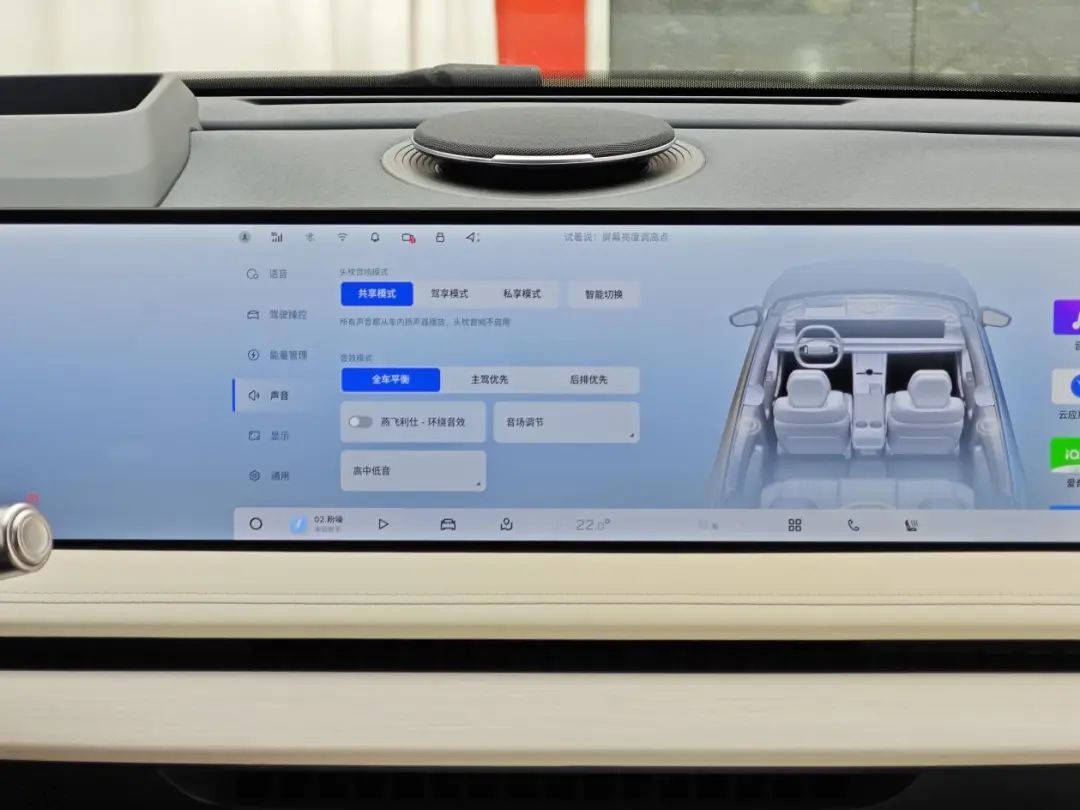
Of course, if you are a musician or confident in your tuning ability, the Galaxy E8 also offers high school bass adjustment options.
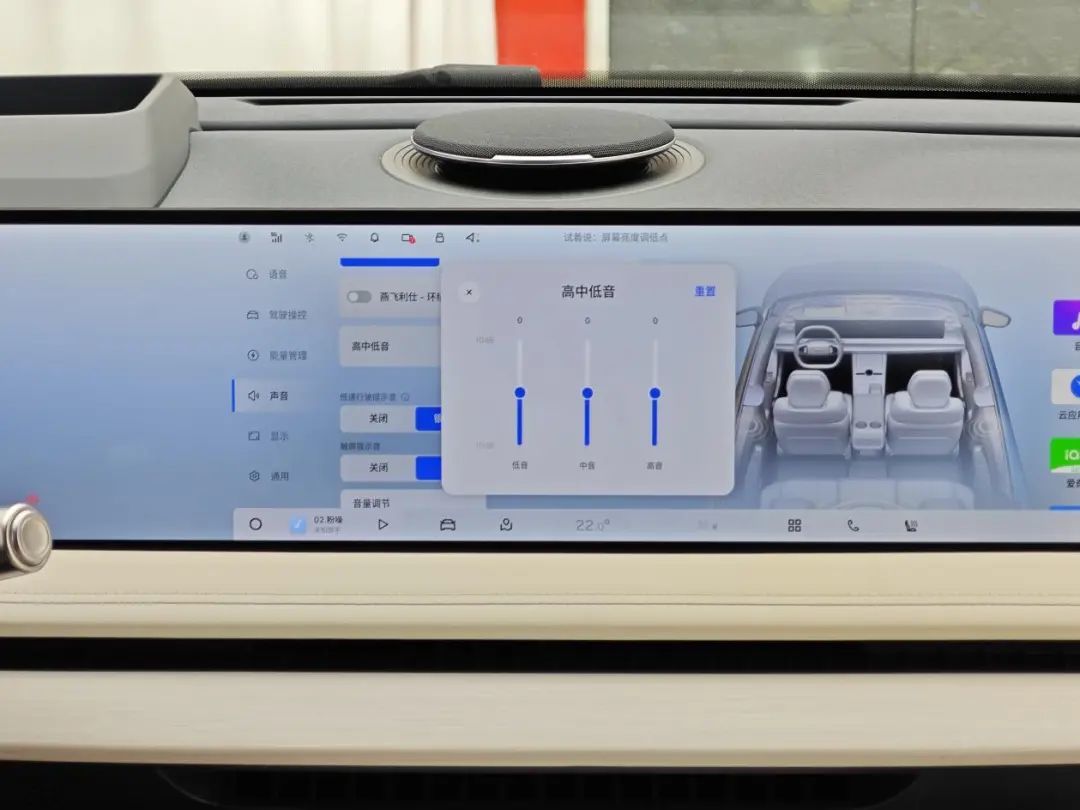
In the entire debugging interface, there is an independent switch for Yanfei Lishi-Surround Sound, which shows the importance. How does it perform?
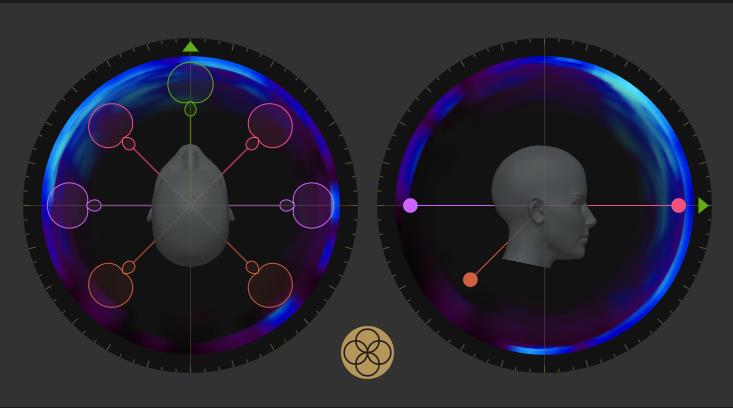
Yanfei Lishi – Sound Field with Surround Sound Off
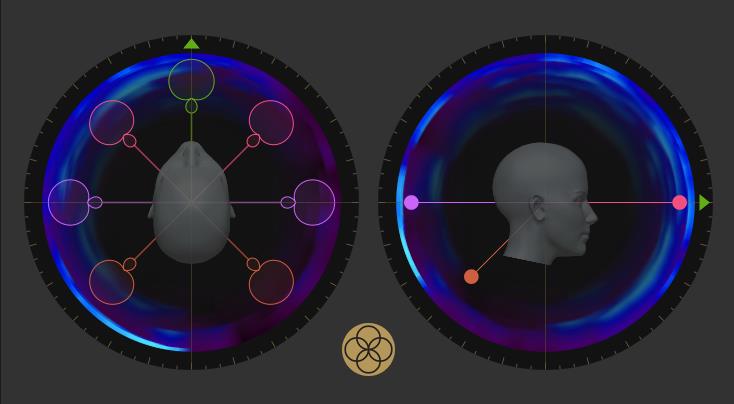
Yanfei Lishi – The sound field with surround sound turned on
It can be seen that after the sound effect is turned on, the positioning of the overall sound field is relatively consistent, but the sense of space is significantly improved, and the tuning strength of established audio manufacturers is worthy of recognition.
For users who like to listen to their private collections with a USB stick, the Galaxy E8’s USB port location is still relatively easy to find. In addition, in front of the USB port, the Galaxy E8 is also equipped with a crystal knob that can quickly adjust the volume.
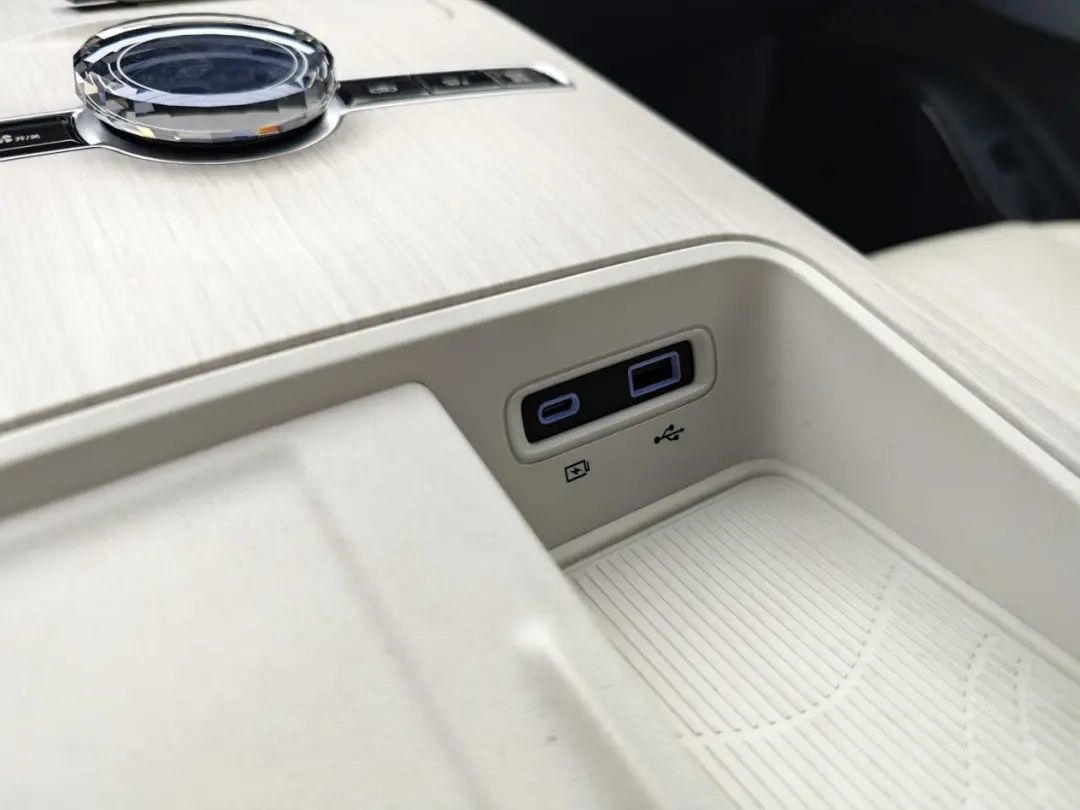
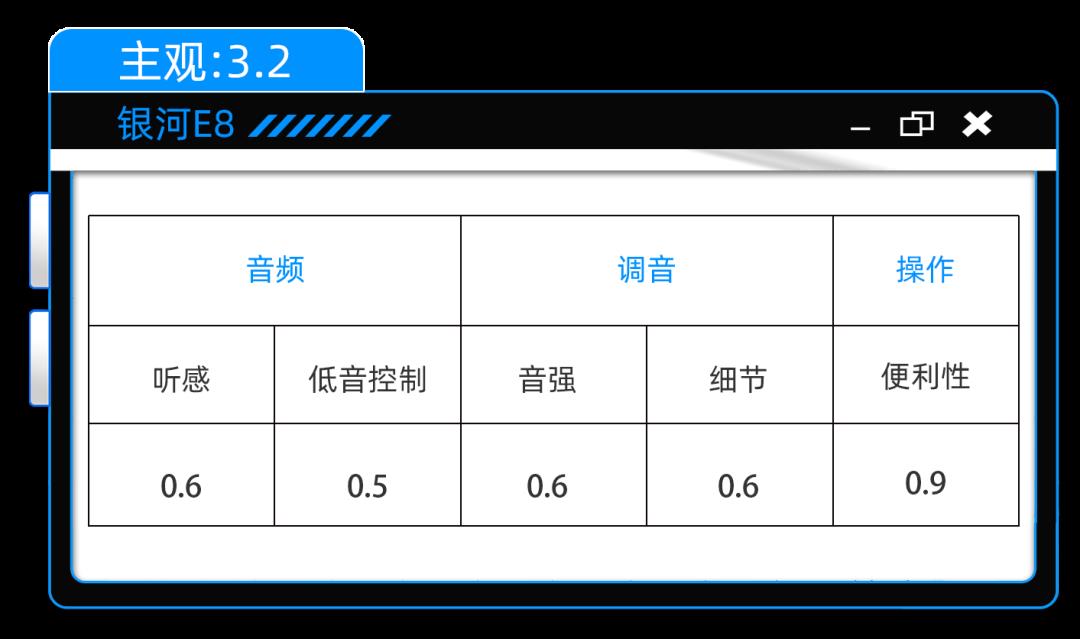
After listening to a number of songs in the car, I personally feel that the Galaxy E8 has a more balanced presentation of various types of music, with no obvious biases.
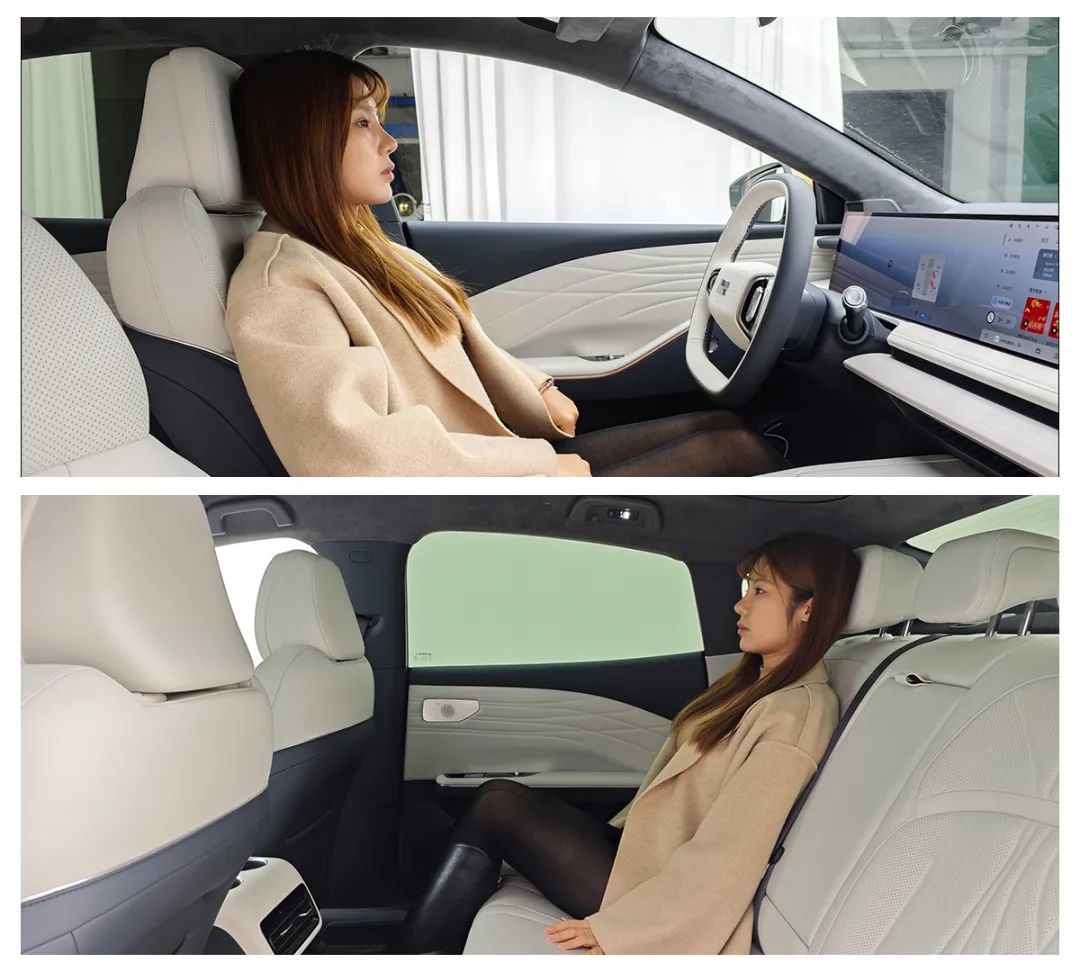
In fact, "watching songs" might be a more interesting choice than listening to songs in the Galaxy E8!
After turning on the "AI Rhythm" function, the vehicle will generate corresponding AI images based on music and lyrics. For example, when playing Grasshopper’s 1990 "Half Heart", the Galaxy E8 generated a completely different MV from the original through "AI Rhythm".

Considering that AI functions are currently undergoing rapid iterations, it is inevitable to look forward to what new audio and video experiences the Galaxy E8 will bring us after.
